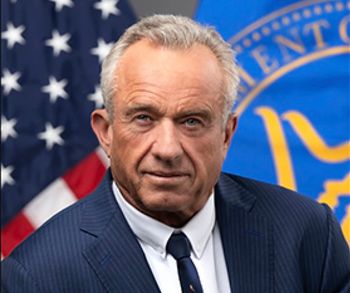
The $50B rural health transformation program: Questions and answers
The Health Department has announced the application period for the program is now open, and states won’t have much time to apply.
States and hospitals now know the deadlines to apply for aid in the federal Rural Health Transformation Program.
This week, the U.S. Department of Health & Human Services announced key details about the $50 billion program, which will distribute billions to states and hospitals to improve health in rural areas.
The program was created as part of the sweeping tax reform package brokered by President Trump and Congress in July. The rural health program was created in part to win support of lawmakers who were worried about the impact of
Q: When will the money be distributed?
A: The $50 billion will be distributed over five years, with the initial $10 billion to be distributed in 2026.
Q: How will the money be distributed?
A: Half of the money ($25 billion) will be given out equally to all states “with an approved application,” the health department says. That has drawn some criticism, since California would end up with the same amount of money as West Virginia.
The Centers for Medicare & Medicaid Services will distribute the other $25 billion to states “to approved states based on individual state metrics and applications that reflect the greatest potential for and scale of impact on the health of rural communities.”
Q: What’s the deadline to apply?
A: States don’t have long to prepare their pitches for funding in the rural health program. States must apply by Nov. 5, so that gives states less than two months to submit their applications.
The health department says this is the only opportunity to apply for funds in the program.
Q: When will states find out?
A: The health department says it will announce the recipients by Dec. 31.
Q: What can states do to boost their chances?
A: In a joint
Kennedy and Oz suggest care models to focus on keeping people healthy rather than preventing diseases. They also suggest states consider approaches built on partnerships, technological innovation, efforts to promote better lifestyle choices to reduce the risk of chronic diseases, and programs to address workforce challenges in rural areas.
Q: Will this program offset reduced support for Medicaid in the coming years?
A: While healthcare leaders have welcomed the prospect of money directed for rural health, critics say it doesn’t match the reduced support for Medicaid programs. The Congressional Budget Office has suggested the tax package
The National Rural Health Association partnered with Manatt Health to estimate the impact of Medicaid cuts on hospitals in rural areas, and
Some hospital leaders say they will face greater cost pressures as they care for more people who won’t have the ability to pay, and
Q: How bad is the situation for rural hospitals?
A: Rural hospitals have been struggling financially for years, and many are struggling to keep the doors open.
About






































